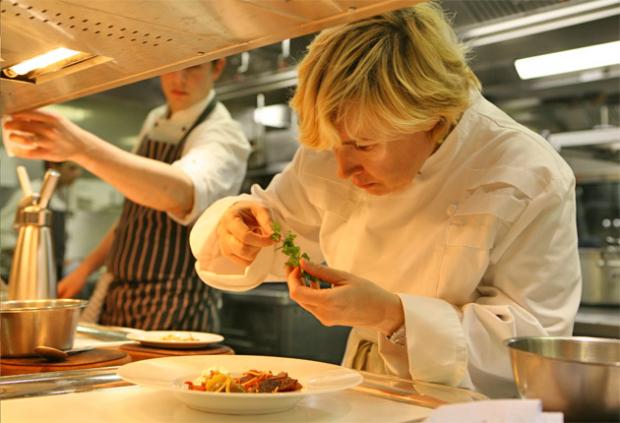Kindness
In your _________
I guess
You heard me _________
You smiled at me
Like Jesus to a child
I'm blessed
I know
Heaven _________
And Heaven _________
You smiled at me
Like Jesus to a child
And what have I _________
From all this _________
I thought I'd never feel the same
About _________
Or anything again
But now I _________
When you find love
When you _________ that it exists
Then the _________ that you _________
Will come to you on those _________, _________ nights
When you've been _________
When you_________it holds such bliss
Then the _________ that you _________
Will _________ you when there's no hope in sight
Sadness
In my _________
No one _________
Or no one _________
You smiled at me
Like Jesus to a child
Loveless and _________
With your _________breath
You saved my _________
You smiled at me
Like Jesus to a child
And what have I_________
From all these _________
I've waited for you all those _________
And just when it began
He _________ you _________
But I still _________
When you _________love
When you _________that it exists
Then the_________that you miss
Will come to you on those _________, _________ nights
When you've been _________
When you know it holds such bliss
Then the _________ that you _________
Will _________ you when there's no hope in sight
So the _________ you could not_________
I'll sing them for _________
And the _________we would have made
I'll make it for _________
For every single _________
Has become a part of me
You will _________ be
My love
Well I've been loved
So I know just what love is
And the_________that I kissed
Is always by my _________
Oh the_________I still miss
Was Jesus to a child
In your _________
I guess
You heard me _________
You smiled at me
Like Jesus to a child
I'm blessed
I know
Heaven _________
And Heaven _________
You smiled at me
Like Jesus to a child
And what have I _________
From all this _________
I thought I'd never feel the same
About _________
Or anything again
But now I _________
When you find love
When you _________ that it exists
Then the _________ that you _________
Will come to you on those _________, _________ nights
When you've been _________
When you_________it holds such bliss
Then the _________ that you _________
Will _________ you when there's no hope in sight
Sadness
In my _________
No one _________
Or no one _________
You smiled at me
Like Jesus to a child
Loveless and _________
With your _________breath
You saved my _________
You smiled at me
Like Jesus to a child
And what have I_________
From all these _________
I've waited for you all those _________
And just when it began
He _________ you _________
But I still _________
When you _________love
When you _________that it exists
Then the_________that you miss
Will come to you on those _________, _________ nights
When you've been _________
When you know it holds such bliss
Then the _________ that you _________
Will _________ you when there's no hope in sight
So the _________ you could not_________
I'll sing them for _________
And the _________we would have made
I'll make it for _________
For every single _________
Has become a part of me
You will _________ be
My love
Well I've been loved
So I know just what love is
And the_________that I kissed
Is always by my _________
Oh the_________I still miss
Was Jesus to a child
You can also listen to the song by clicking on the Play Button























